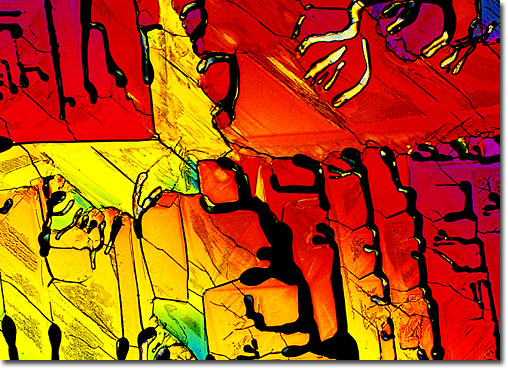|
Beta-carotene is the pigment that gives carrots, sweet potatoes, and other yellow vegetables their characteristic coloring. This conjugated polyene also serves as a precursor that can be enzymatically converted into vitamin A in most animals and man. Although vitamin A is not present in any plants, the carotene precursor can be found in carrots, pumpkins, spinach, squash, watermelon, asparagus, broccoli, and cantaloupe. Liver is also a very good source for beta-carotene. Vitamin A (retinol) is an essential component for vision and it promotes bone growth, tooth development, and helps maintain healthy skin, hair, and mucous membranes. Deficiencies of vitamin A result in a number of maladys including night blindness, dry skin, poor bone growth, weak tooth enamel, and weight loss.
|
